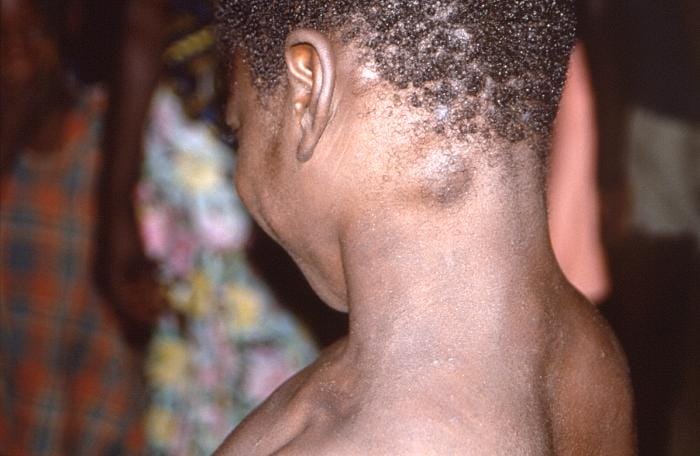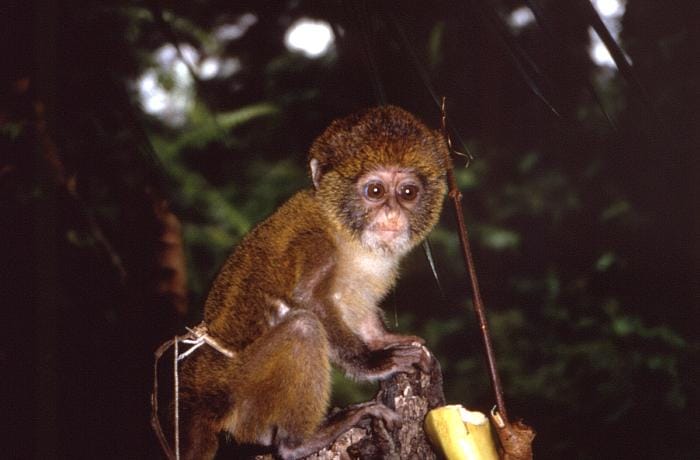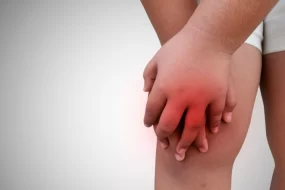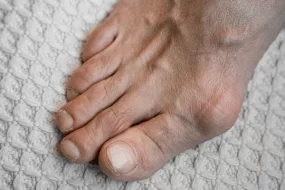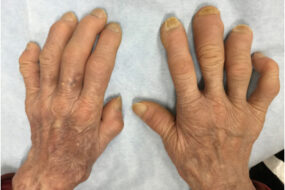- Home
- INTERNAL MEDICINE
- Monkeypox
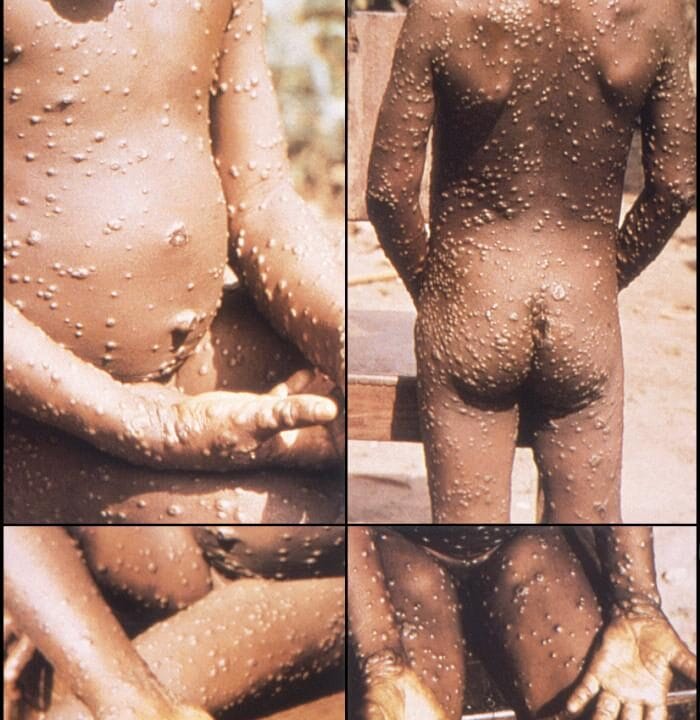
Monkeypox is a zoonotic viral infection that is caused by MonkeyPox Virus. Mostly found in tropical rainforest areas of Central and West Africa. Enveloped double-stranded DNA virus from Orthopoxvirus genus of the Poxviridae family.
Two main genetic clades of the monkeypox virus exist the Central African (Congo Basin) clade and the West African clade. The animal reservoirs include – rope and tree squirrels, dormice, Gambian pouched rats, and non-human primates.
First diagnosed in human beings in 1970 in DRC and later spread to 11 African countries – Benin, Cameroon, the Central African Republic, the Democratic Republic of the Congo, Gabon, Cote d’Ivoire, Liberia, Nigeria, the Republic of the Congo, Sierra Leone, and South Sudan.
Transmission / Causes
Animal-to-human
- Direct contact with the blood, bodily fluids, and lesions of infected animals.
- Eating inadequately cooked meat and animal products of infected animals.
Human-to-human transmission
- Close contact with respiratory particles/secretions, skin lesions of the infected person, and contaminated objects.
- Declining immunity in the entire communities due to cessation of smallpox vaccination
- Via the placenta from mother to fetus
- Sexual transmission
Signs and symptoms
Incubation period – 6 to 13 days
Two phases:
- Invasion period (lasts between 0-5 days)
- Fever,
- Intense headache,
- Lymphadenopathy (swelling of the lymph nodes),
- Back pain, myalgia (muscle aches)
- Intense asthenia (lack of energy).
2. Phase Two – Skin eruption – 1-3 days after the appearance of fever
- Concentrated on the face and extremities, oral mucous membranes, genitalia, and conjunctivae.
- the rash evolves sequentially from macules (lesions with a flat base) to papules (slightly raised firm lesions), vesicles (lesions filled with clear fluid), pustules (lesions filled with yellowish fluid), and crusts that dry up and fall off.
A self-limited disease in which the symptoms last from 2 to 4 weeks.
Severe cases happen in children and are related to the extent of virus exposure, patient health status, and nature of complications. Underlying immune deficiencies
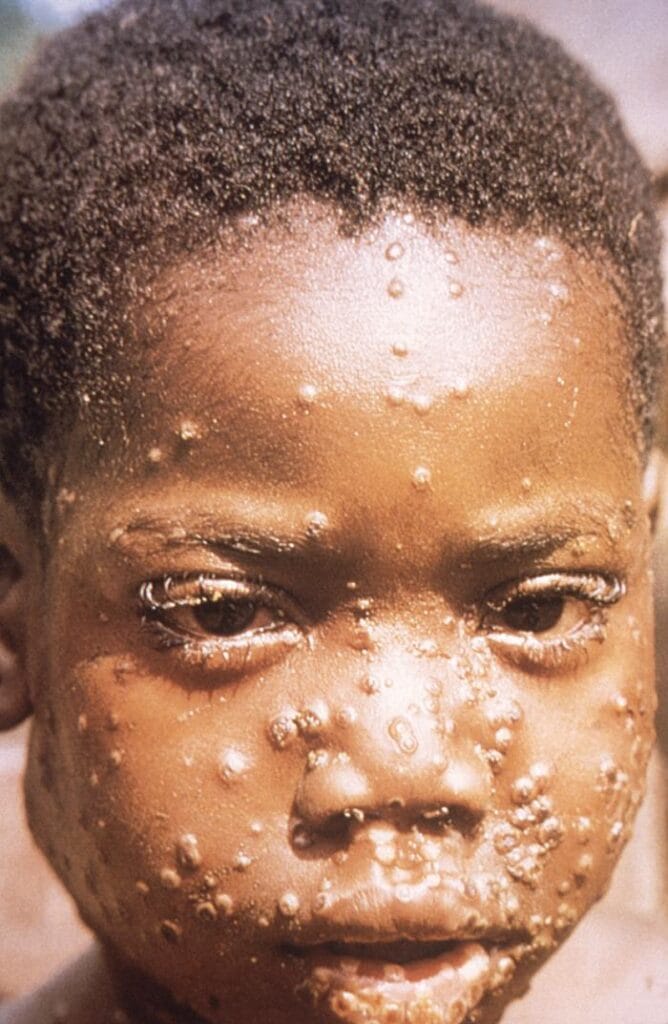
Complications
- Bronchopneumonia,
- Sepsis
- Encephalitis
- Infection of the cornea with ensuing loss of vision.
Diagnosis
Polymerase chain reaction (PCR)
- Samples for monkeypox are from skin lesions – the roof or fluid from vesicles and pustules, and dry crusts
- Biopsy
Treatment
- Fluids/food for adequate nutritional status.
- An antiviral agent known as Tecovirimat (used against smallpox)
- Vaccination against smallpox
Prevention
- Surveillance and rapid identification of new cases
- Foods containing animal meat must be thoroughly cooked before eating.
- Restrictions on animal trade.
